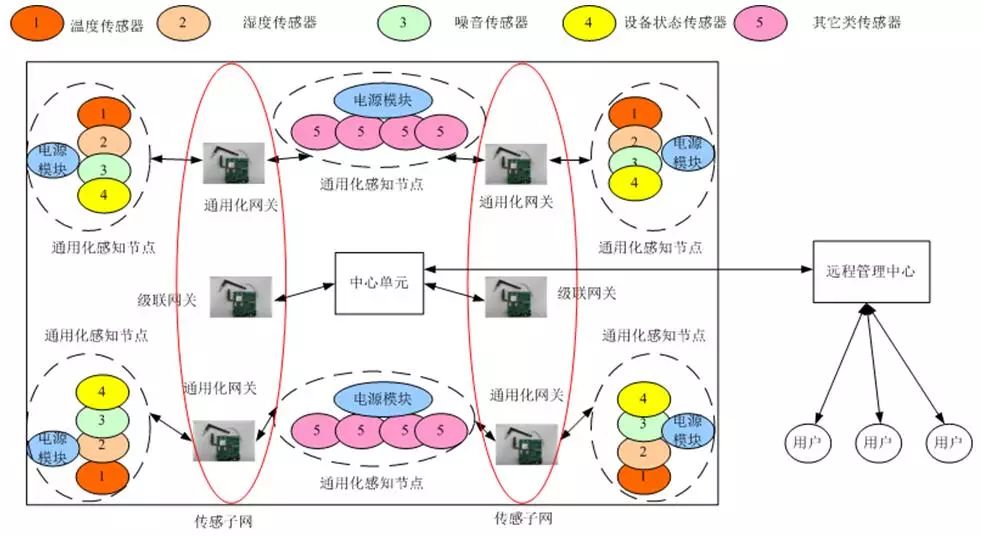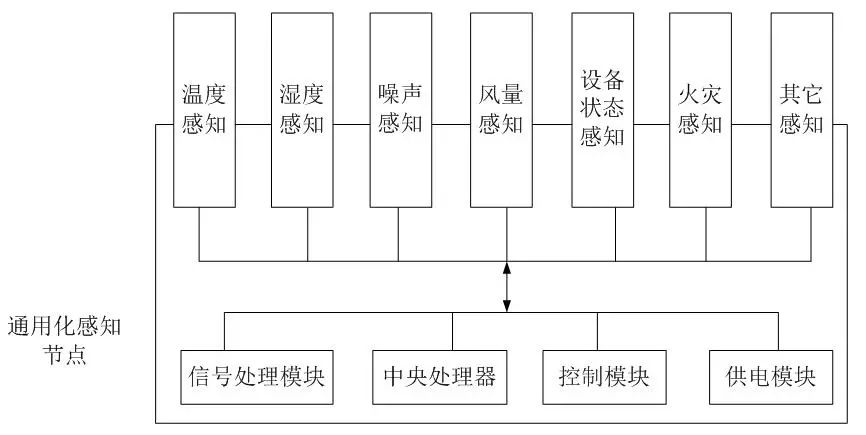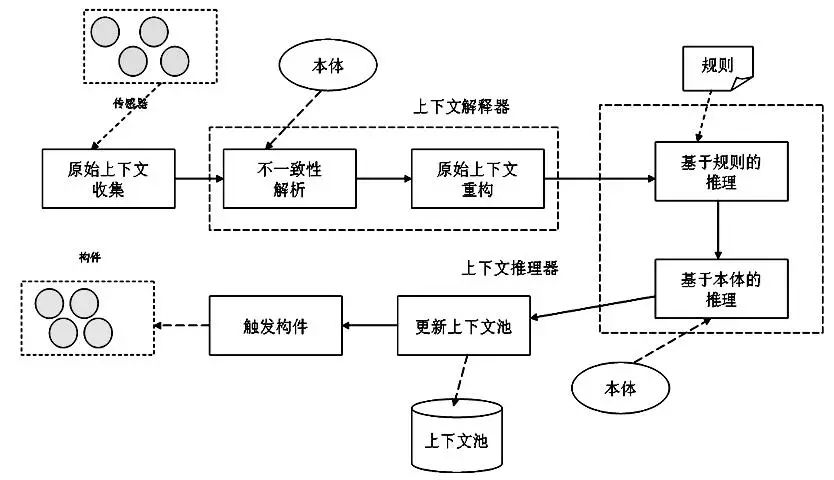In many operations of hospitals, real-time monitoring of temperature and humidity in office environments is required, such as in operating rooms, pharmacies, and server rooms. Traditional temperature and humidity monitoring devices are mostly simple in function, low in intelligence, and even require manual on-site data collection, leading to delays in understanding changes in environmental parameters.
With the development of wireless networks, mobile computing, and sensor network technologies, the concept of ubiquitous computing is gradually becoming a reality. Ubiquitous computing aims to shift us from a “device-centric” computing model to a “human-centric” computing model, automatically serving the real world through the automatic cognition of the physical world obtained from widely distributed sensor networks. This has become a trend in the current development of computing models and a hot topic in both academia and industry.
Therefore, we designed a hospital environment temperature and humidity management system based on a sensor network composed of temperature and humidity sensors and a wireless communication network based on ZigBee. Through this system, we can recognize the external environment of operating rooms, drug storage rooms, and wards, as well as the working conditions of internal control devices, and issue early warnings based on a knowledge base, effectively improving the environment of these departments in the hospital and enhancing management levels.
Hospital Environment Temperature and Humidity Early Warning Management System Based on ZigBee
1. Wireless Network Construction
ZigBee technology is a short-range, low-complexity, low-power, low-data-rate, and low-cost wireless sensor network technology, with its PHY and MAC layer protocols conforming to the IEEE 802.15.4 protocol standard. The network layer is defined by the ZigBee Alliance, while the application layer is developed according to the user’s application needs. Unlike standards such as Bluetooth, ZigBee is characterized by low power consumption and low cost, operating in the globally universal 2.4GHz frequency band, with a transmission rate of up to 250kbit/s, and can accommodate up to 65,535 ZigBee nodes. With the addition of a power amplifier module, communication distances can reach thousands of meters. Additionally, due to its sleep mode, the power consumption of ZigBee modules is very low, typically allowing two AA batteries to last for over six months, making it suitable for battery-powered applications, easy to install and maintain, and achieving a good balance between bandwidth, transmission distance, power consumption, and cost. In recent years, it has become a hot topic in the application research of automatic control, remote control, and home device networking.
Thus, this system chooses to use TI’s cc2530 ZigBee module to construct the underlying sensor network, setting ZigBee network terminal nodes based on the sensor layout, and enabling mutual communication between them by adjusting positions or transmission power. The ZigBee module, acting as a coordinator, aggregates and forwards information, interconnecting and controlling commands with the wireless gateway.
2. Overall System Structure
 Figure 1 Overall System Structure
Figure 1 Overall System Structure
The system is divided into perception-communication-cognition layers. The perception layer mainly consists of temperature sensors, humidity sensors, device status sensors, etc. By collecting temperature data from the area and employing techniques such as physical isolation and policy control, each perception node is composed of a sensor integrated with a ZigBee module, as shown in Figure 2.
 Figure 2 Perception Node Design
Figure 2 Perception Node Design
Each sensor acquires environmental temperature and humidity information and corresponding early warning information, and forwards this data to the backend control system via the ZigBee module through the gateway where the ZigBee coordinator is located, while also receiving commands from the control system to control the information collection process.
The communication layer consists of ZigBee modules, ZigBee coordinators, and wireless gateways, with the wireless gateway connecting to external networks via GPRS or 3G wireless communication modules.
3. Front-end Data Context Collection
Considering the uniqueness of the hospital environment and the specific characteristics of the sensors themselves, a context quality management mechanism is introduced based on basic sensor information collection.
 Figure 3 Sensor Context Quality Management
Figure 3 Sensor Context Quality Management
As shown in Figure 3, the first step is to collect the raw sensor context, that is, to gather raw context information from different sensor sources within a short fixed period. The second step is inconsistency resolution; since one of the fundamental purposes of this system is to effectively monitor the temperature and humidity environment in operating rooms and wards, there may be certain influences on the information provided by the sensors themselves, leading to inconsistencies between adjacent sensors. Through the inconsistency processing module, we adopt a batch processing approach to handle the raw context, ensuring that inconsistencies in each batch of raw context are cleared before context reasoning, thereby limiting higher-level context inconsistencies to a specific extent. The third step is the reconstruction of the raw context, in which we will use the raw context to update the context pool and check correlations. Then, we employ rule-based reasoning to generate higher-level context, with all reasoning engines configured to be traceable, thus allowing updates to relevant graphs in the context pool. Meanwhile, considering the minimal additional overhead that the context quality management mechanism may incur, we set this mechanism as optional in the entire system, allowing users to choose whether to use the context quality management mechanism based on the actual situation of the system.
4. Data Analysis and Management
Based on data collection, the core function lies in analyzing the collected data. In this system, the data analysis system includes two working modes:
Real-time working mode, mainly targeting temperature and humidity changes in various internal scenarios of the hospital;
Post-analysis working mode, mainly focusing on the analysis of temperature and humidity changes in various scenarios.
Conclusion
This article fully utilizes the characteristics of ZigBee technology and combines it with the hospital environment to form a wireless temperature and humidity monitoring network. This solution addresses various issues brought by on-site wiring, facilitates the management of sensor nodes, and meets the requirements of low power consumption, low cost, and low data transmission rates. Furthermore, the data management mechanism at the backend can effectively enhance the operability of environmental management. Experiments show that this system has high practical applicability for monitoring and managing temperature, humidity, and noise in multiple operating rooms, wards, and drug storage rooms in large comprehensive hospitals.
(Excerpted from “China Digital Medicine” Journal, Vol. 10, Issue 12, Authors: Information Department, PLA 306 Hospital, Jia Li, Hu Chengwei, Air Force Radar Academy, Wang Jun)
